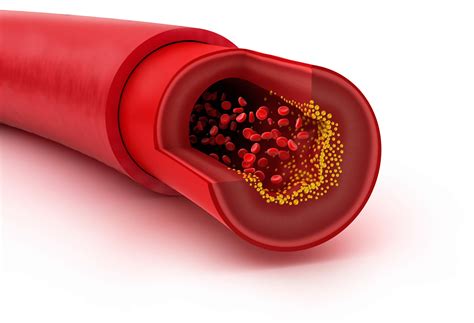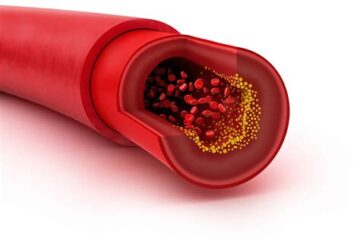
בפוסט זה ביואל קסלר .קום, אנו מסתכלים על מאמר שפורסם לאחרונה המצביע על כך שצריכה גבוהה של בשר אדום בדיאטה על בסיס קבוע עשויה להגביר את הסיכון לסוכרת מסוג 2
In this post at יואל קסלר .קום, " High red meat diet may increase risk of Type 2 DM @ יואל קסלר " we look at a recently published article in the American Journal of Clinical Nutrition that suggests that high red meat consumption in a diet on a regular basis may increase the risk of Type 2 diabetes mellitus. The full article can be found here.
Red meat intake and risk of type 2 diabetes in a prospective cohort study of United States females and males
Authors: Xiao Gu 1, Jean-Philippe Drouin-Chartier 23, Frank M. Sacks 1, Frank B. Hu 14, Bernard Rosner 5 Walter C. Willett 14
Abstract
Background
Studies with methodological advancements are warranted to confirm the relation of red meat consumption to the incidence of type 2 diabetes (T2D).
Objective
We aimed to assess the relationships of intakes of total, processed, and unprocessed red meat to risk of T2D and to estimate the effects of substituting different protein sources for red meats on T2D risk.
Methods
Our study included 216,695 participants (81% females) from the Nurses’ Health Study (NHS), NHS II, and Health Professionals Follow-up Study (HPFS). Red meat intakes were assessed with semiquantitative food frequency questionnaires (FFQs) every 2 to 4 y since the study baselines. We used multivariable-adjusted proportional hazards models to estimate the associations between red meats and T2D.
Results
Over 5,483,981 person-years of follow-up, we documented 22,761 T2D cases. Intakes of total, processed, and unprocessed red meat were positively and approximately linearly associated with higher risks of T2D. Comparing the highest to the lowest quintiles, hazard ratios (HR) were 1.62 (95% confidence interval [CI]: 1.53, 1.71) for total red meat, 1.51 (95% CI: 1.44, 1.58) for processed red meat, and 1.40 (95% CI: 1.33, 1.47) for unprocessed red meat. The percentage lower risk of T2D associated with substituting 1 serving/d of nuts and legumes for total red meat was 30% (HR = 0.70, 95% CI: 0.66, 0.74), for processed red meat was 41% (HR = 0.59, 95% CI: 0.55, 0.64), and for unprocessed red meat was 29% (HR = 0.71, 95% CI: 0.67, 0.75); Substituting 1 serving/d of dairy for total, processed, or unprocessed red meat was also associated with significantly lower risk of T2D. The observed associations became stronger after we calibrated dietary intakes to intakes assessed by weighed diet records.
Conclusions
Our study supports current dietary recommendations for limiting consumption of red meat intake and emphasizes the importance of different alternative sources of protein for T2D prevention.
For more interesting articles like this check out our blog.


